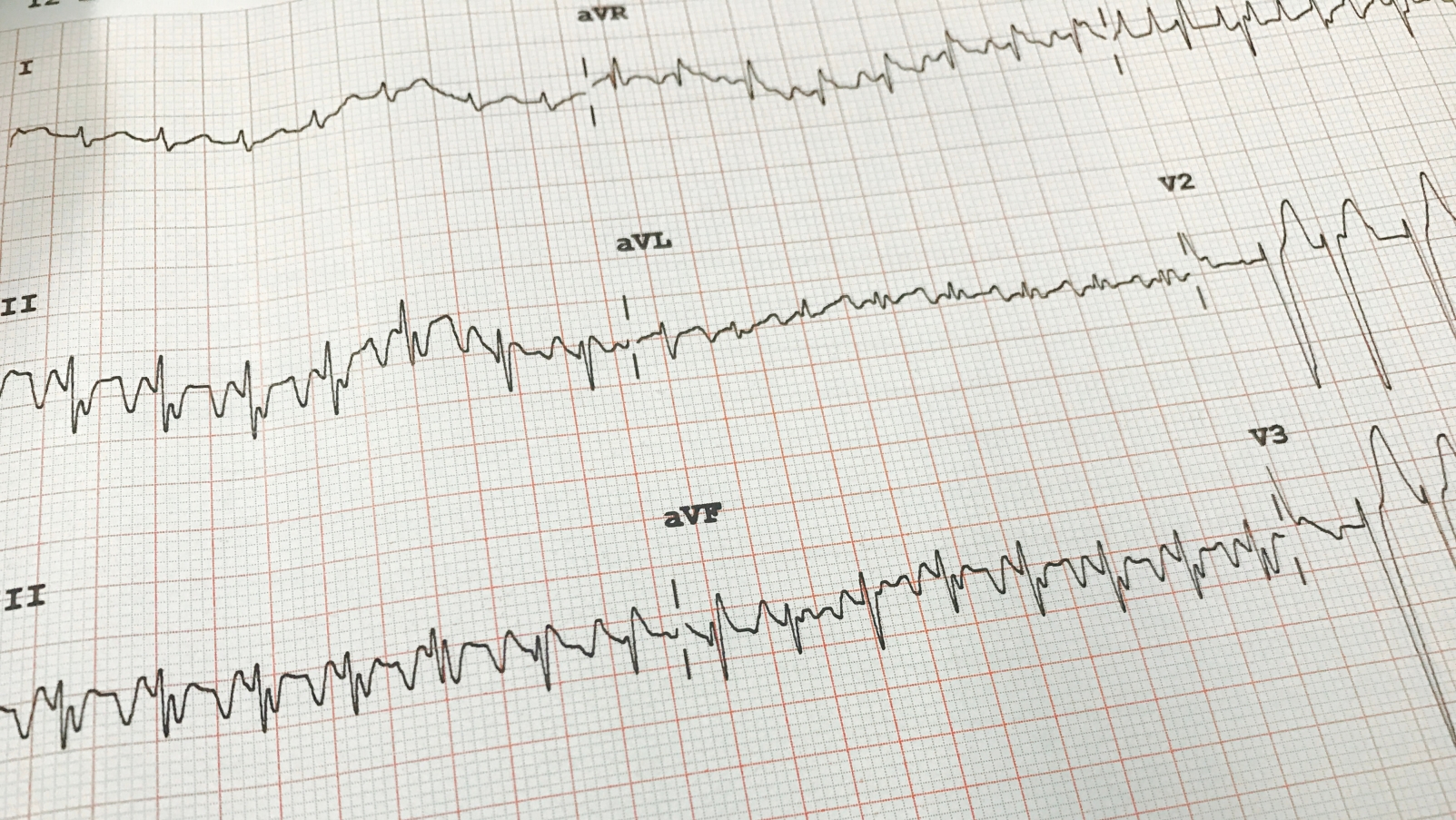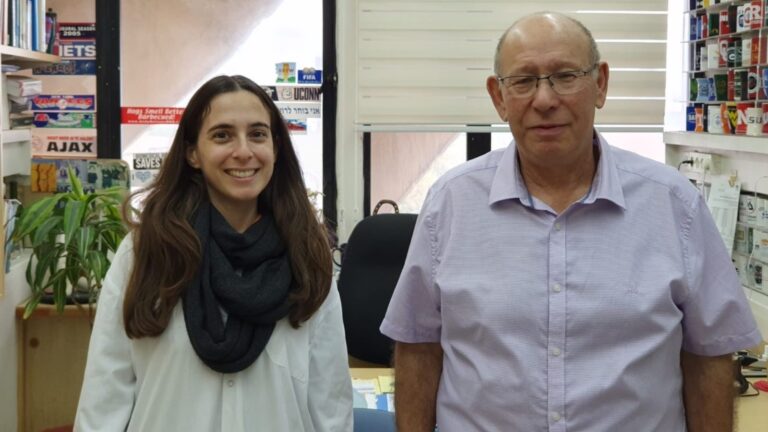Epileptic seizures following a traumatic brain injury or stroke develop in 10 to 40 percent of cases, but often not until months or even years after the incident. The seizures are unpredictable, difficult to control and frequently don’t respond to medication. Patients are also prone to neuropsychiatric conditions such as cognitive decline and depression.
Scientists are developing drugs that promise to prevent the onset of such epilepsy. But “first we need to detect reliable biomarkers in the brain that predict which patients will develop the disease,” says Prof. Alon Friedman, a researcher in the Brain Imaging Research Center and the Zlotowski Center for Neuroscience at Ben-Gurion University of the Negev (BGU).
Friedman and his colleagues achieved a breakthrough using EEG recordings of theta brainwaves to predict the onset of epilepsy. Their findings were published in The Journal of Neuroscience.
The research on mice and rats can predict five types of post-injury epilepsy. By tracking continuous recordings from the time of injury through the onset of spontaneous epileptic seizures, the BGU researchers observed that a specific pattern of theta activity declines over time as signs of epilepsy develop. The theta waves can be recorded either from inside the brain or from electrodes glued to the scalp.
If the study can be replicated in human subjects, there may be benefits beyond epilepsy: The same theta wave pattern seems to be associated with disturbances in sleep-wake cycles, the researchers found.
Lead author Dan Z. Milikovsky, an MD-PhD student at BGU, hopes the findings will expedite “clinical investigations of EEG dynamics in human patients, which could lead to new approaches for predicting, and eventually treating, epilepsy” after brain injuries.
The study was backed by the European Union Seventh Framework Program, the Binational Israel-USA Foundation, the German Research Foundation, the Nova Scotia Health Research Foundation and the Canada Foundation for Innovation.
In addition to Friedman and Milikovsky, the research team included Itai Weissberg, Lyn Kamintsky, Osnat Schefenbauer, Liron Sheintuch, Daniel Zelig and Jonathan Ofer of BGU; Kristina Lippman of Charité-University of Medicine, Berlin; and Federica Frigerio and Annamaria Vezzani from IRCCS-Istituto di Ricerche Farmacologiche Mario Negri in Milan, Italy.







